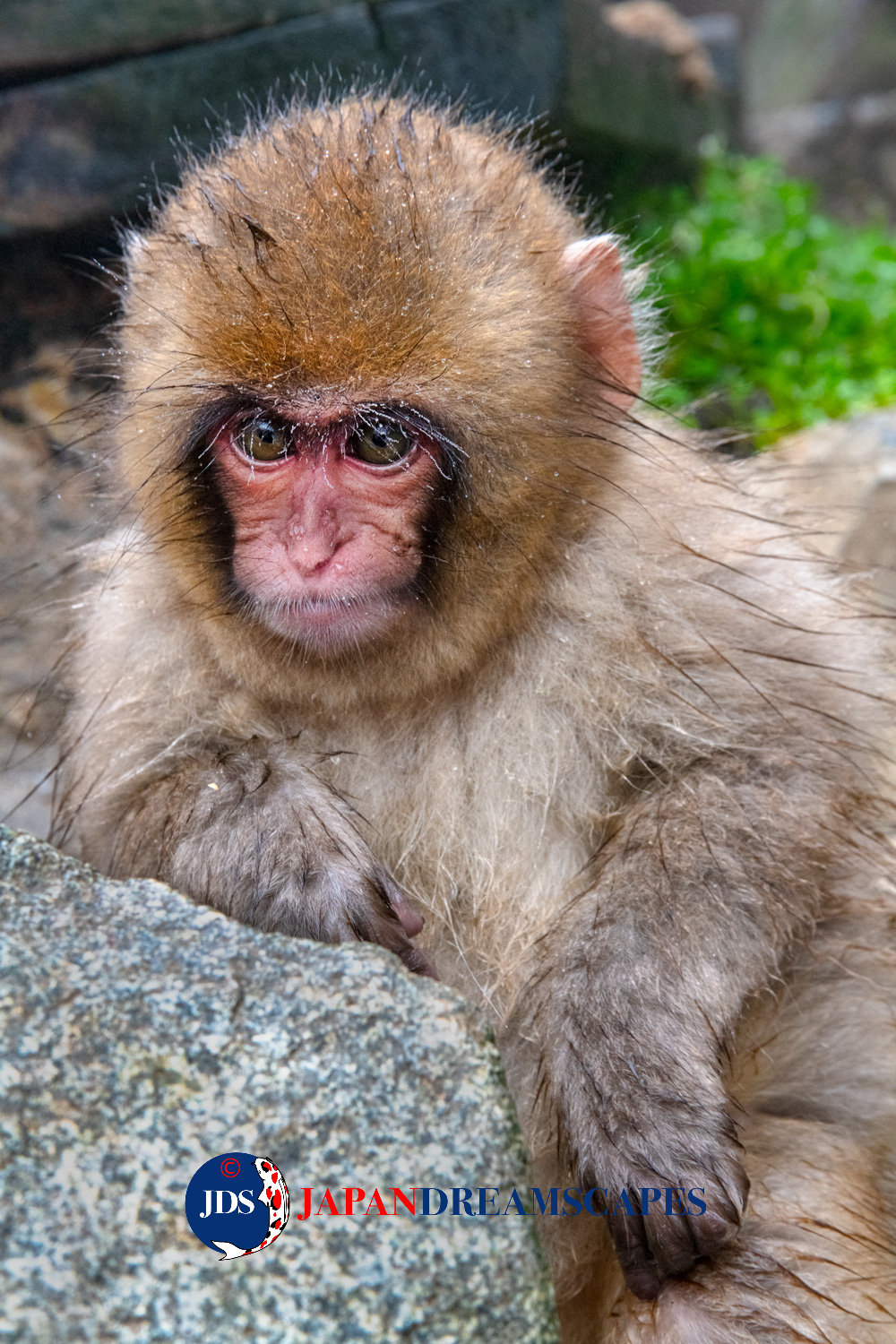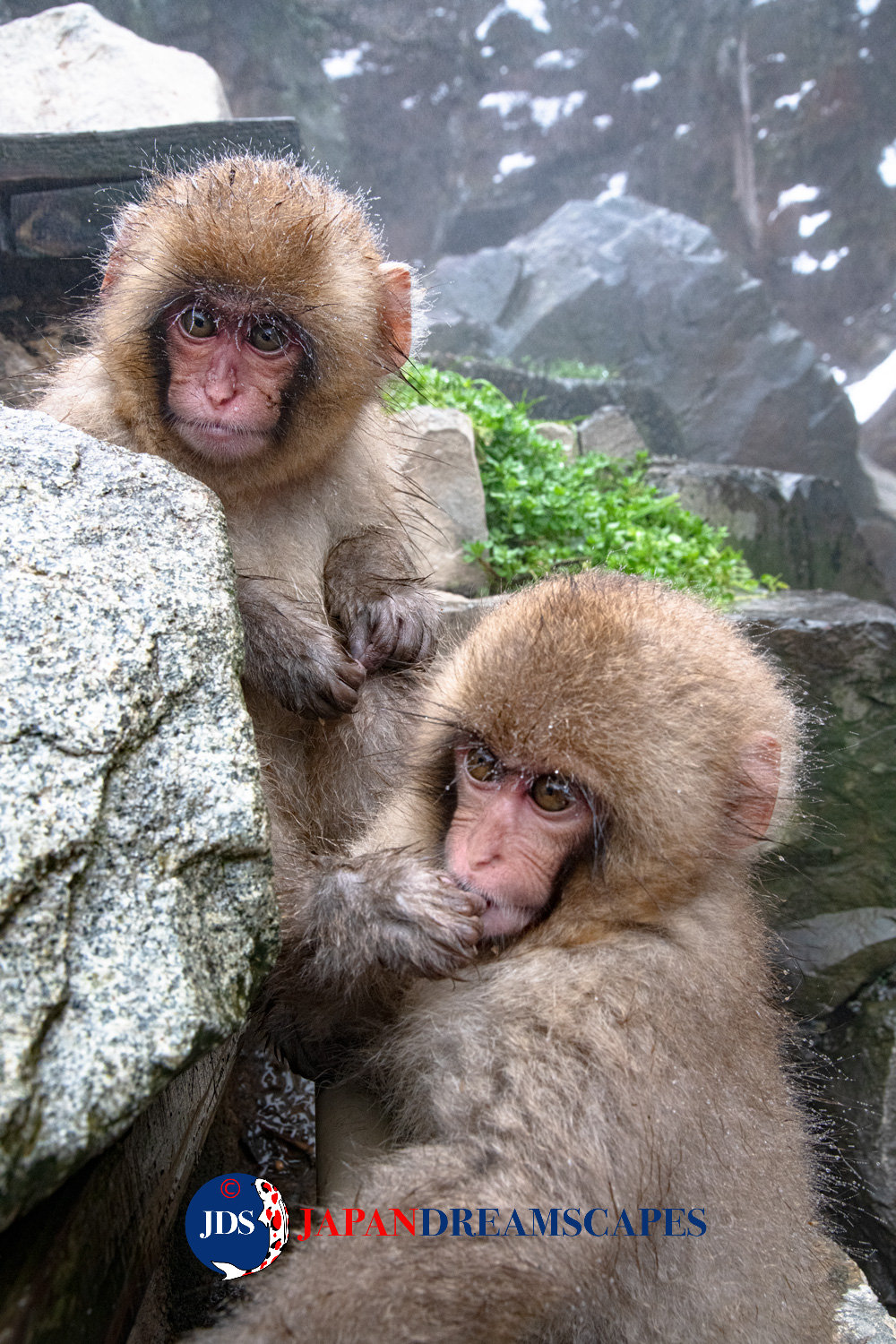During summer, I start looking forward to my annual Autumn Leaves Photo Tours and my Hokkaido Photo Tours. This time of year the adventurists on my team and I are usually in the Japanese highland backcountry camping and filming snow monkeys, birding and capturing the perfect golden hour shots. I always camp next to crystal clear fresh water and milky white hot springs, preferably with a waterfall near to take part in Misogi Shuho. During summer, the best part of camping next to a waterfall is that the water keeps the air fresh and cool. I have spent well over 6 years of my life in the backcountry on all the continents, and believe me, camping in a scorching hot desert by day which turns freezing cold by night is no picnic. And bivouacking on the side of a mountain in -40℃ or camping in a rain forest is nowhere near as luxurious as camping in the Japanese highlands for a mid-summer getaway. But this summer we are experiencing an extra long rainy season, so our camping expedition will most likely be put off until August.
The Japanese macaques, better known as snow monkeys, can be photographed any time of the year. They are the most northerly living non-human primates. There are more than 150,000 wild snow monkeys across Japan with around 300 congregating in three separate troops in the region around the Jigokudani Snow Monkey Park in Nagano, Japan. You may be asking yourself the question, “Why go to where 0.2% of the snow monkeys are?” Jigokudani Snow Monkey Park is, in fact, where 99.5% of where international visitors and photographers go, but there is an excellent reason for this, a guaranteed snow monkey encounter. While my team and I are camping and exploring, we relish in visiting with monkey troops that we’re not familiar with in the wild, way off the beaten path. A few times a year, I receive a request from clients or a commercial assignment to track and photograph or film snow monkeys, usually in the winter. Almost every troop in Japan has at least one or several members who are fitted with radio collars for tracking. Consequently, anyone dedicated to the task should successfully be able to track a troop of Japanese macaques. But you may only capture a short glimpse of them, so it’s best to always have your camera gear close by and constantly check your settings for your environment. The biggest mishap I see fellow photographers, including myself, make from time to time, is when we’re hiking and filming in forests, and we go from full sunlight to low lighting thick forest canopy, and we sometimes forget to set our camera gear for low lighting and miss the shot, and we get is a blur. Over the years, I have learned my lesson, and now when I’m going from sunlight to low lighting situations quickly, I compensate by using Aperture priority and auto ISO, plus I have my camera set on exposure compensation, and with a couple quick clicks of my shutter speed command dial, I’m good. (Aperture Priority mode allows you to set the aperture, while adjusting the shutter speed to balance the exposure.) Some will use Shutter priority and that works fine too, but I prefer Aperture priority.
Today, I shoot wildlife with the most advanced mirrorless camera on our planet, the Nikon Z9; it has laser fast eye detection and is a pro body with a kick ass 45-megapixel stacked sensor which is plenty for me. In RAW, it shoots 20 FPS bursts with a practically unlimited buffer (1000+ shots). And if you’re a sports photographer or a news photographer, it shoots 120 FPS on JPG Fine. I asked Nikon for this camera for years, and I am so happy I stuck with Nikon while I watched colleagues and friends go to Sony or other camera makers. Others were laughing at us Canon and Nikon shooters making claims like, “They’re dead in the water!” So many pro photographers had walked away from Nikon, but not me, and now my Nikon rep can come to my office and hold his head high again. They have always been super kind to me throughout the years, and I knew they would be king of the hill once again. Canon and Nikon had always been the go-to cameras, but for a short time, they appeared to be in a slump, but now they’ve risen back in the ranks to the top. Sadly, I watched many of my colleagues dump all their Nikon or Canon camera gear, in some cases hundreds of thousands of dollars worth, and switch to another maker. But when we photograph together now, they don’t have much to say or give me side eye regarding my camera choices. A few years back it was all they could talk about. I heard a lot of negativity coming my way, but I just let it roll of my back and kept on enjoying my Nikon knowing they would return to being the go-to camera again. They may not always be the best in terms of ranking, but I’m not so quick to put down a camera from a maker that has served me well through the years.
Nikon just released the Z8, it’s a good camera. It has most of the bells and whistles of the Z9, but it doesn’t have a built in GPS as well as several other features. Sadly, the battery life is terrible, so I didn’t add the Z8 to my bag. My back up camera is the Nikon Z7 II which has good battery life, the same sensor as the Z9, but it’s not stacked for speed. In my opinion, the Z7 II is a more friendly camera for those wanting or needing a lighter body. Also, I emailed or called many of my friends and clients, and I told them, “Don’t trade in your Z7 II for a Z8 due to them not being full-time wildlife photographers and would not use the 20 FPS in RAW.” I also told them, “Nikon will be releasing a higher resolution light-weight body camera in the near future.” It’s a great time to be a photographer, as I recall the days when my colleagues and I used to photograph wildlife with film cameras, with ISO 800 film and strobes in low lighting situations and then head for the darkroom, and hope for the best, but with today’s advancements in camera sensors, lenses, and equipment, I am perfectly comfortable and confident shooting wildlife from ISO 2500 to 6400, or even higher, plus the digital darkroom has made my profession even more convenient.




0 Comments